Dogs, our loyal companions, can sometimes experience anxiety, much like humans. Anxiety in dogs can manifest in various ways, from excessive barking to destructive behavior, and understanding the root causes is the first step to providing comfort. By recognizing their triggers and offering the right support, you can help your pup feel more secure and at ease in their environment. As caretakers, it is crucial to understand what might trigger this anxiety and how to alleviate it. This knowledge not only helps in supporting our furry friends but also strengthens the bond between humans and dogs. In this article, we will delve into ten common causes of anxiety in dogs and ten effective ways to help keep them calm.
Loud Noises and Sudden Sounds
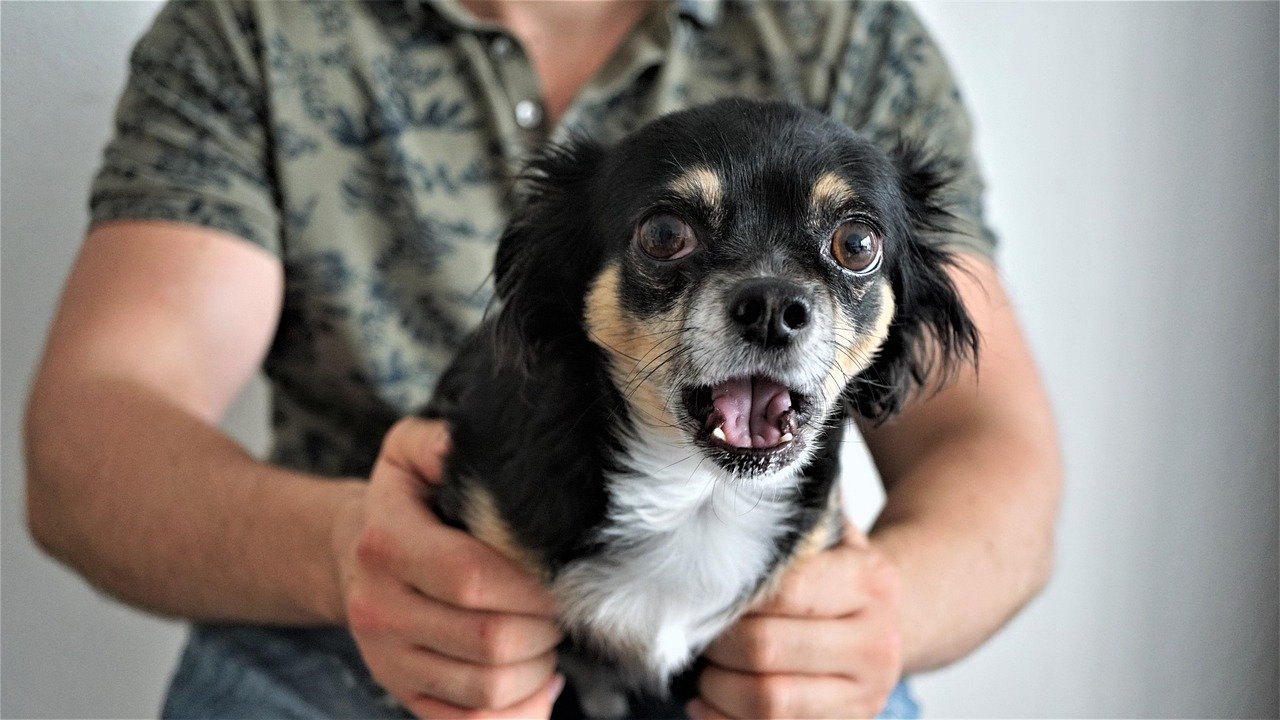
Loud noises, such as thunderstorms, fireworks, or even household appliances, can be terrifying for dogs. Their heightened sense of hearing makes these sounds seem even louder and more alarming. Often, dogs will react by shaking, hiding, or barking excessively. Similar to how a sudden car alarm might startle a human, these unexpected noises create a feeling of insecurity in dogs. Understanding this can help you provide a quieter environment or use calming techniques during noisy events.
Separation Anxiety
Many dogs develop anxiety when left alone, a condition known as separation anxiety. They become distressed when their owners leave, fearing they may not return. This fear can manifest in destructive behavior, excessive barking, or even attempts to escape. It’s similar to how a child feels when separated from their parents for the first time. Recognizing these signs is the first step in managing separation anxiety.
Changes in Environment
A change in environment, such as moving to a new home or even rearranging furniture, can unsettle dogs. They thrive on routine and familiarity, and any disruption can cause anxiety. Imagine how a person might feel moving to a new city without any familiar faces or places. Dogs experience a similar sense of unease when their surroundings change unexpectedly.
Introduction of New Pets
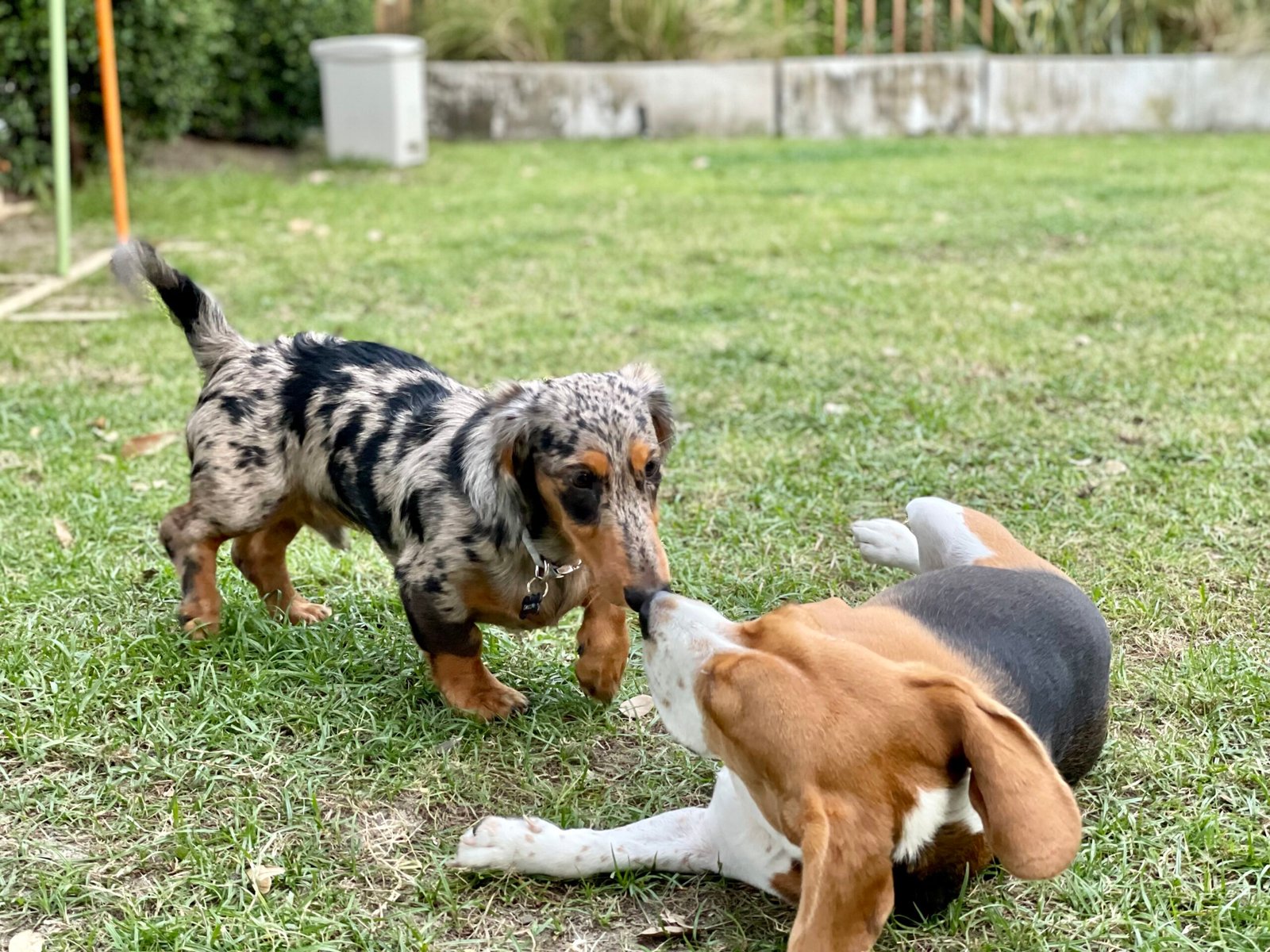
Bringing a new pet into the home can be a source of anxiety for existing pets. Dogs are territorial animals and may feel threatened by the presence of another animal. It’s akin to a child suddenly having to share attention with a new sibling. Gradual introductions and ensuring each pet gets individual attention can help ease this transition.
Health Issues or Pain

Undiagnosed health issues or pain can also lead to anxiety in dogs. They may not be able to communicate their discomfort, leading to behavioral changes. If a normally calm dog suddenly becomes anxious, it’s essential to consult a veterinarian. Just as humans feel uneasy when suffering from unexplained pain, dogs experience similar feelings of anxiety.
Social Anxiety
Some dogs may feel anxious around strangers or other animals. This social anxiety can result in trembling, hiding, or aggressive behavior. Similar to how a shy person might feel at a large party, dogs with social anxiety need gradual exposure and positive reinforcement to build confidence.
Past Trauma or Abuse

Dogs that have experienced trauma or abuse in the past are more likely to suffer from anxiety. These experiences can leave lasting scars, much like PTSD in humans. Understanding and patience are crucial in helping these dogs feel secure and loved again.
Fear of Certain Objects
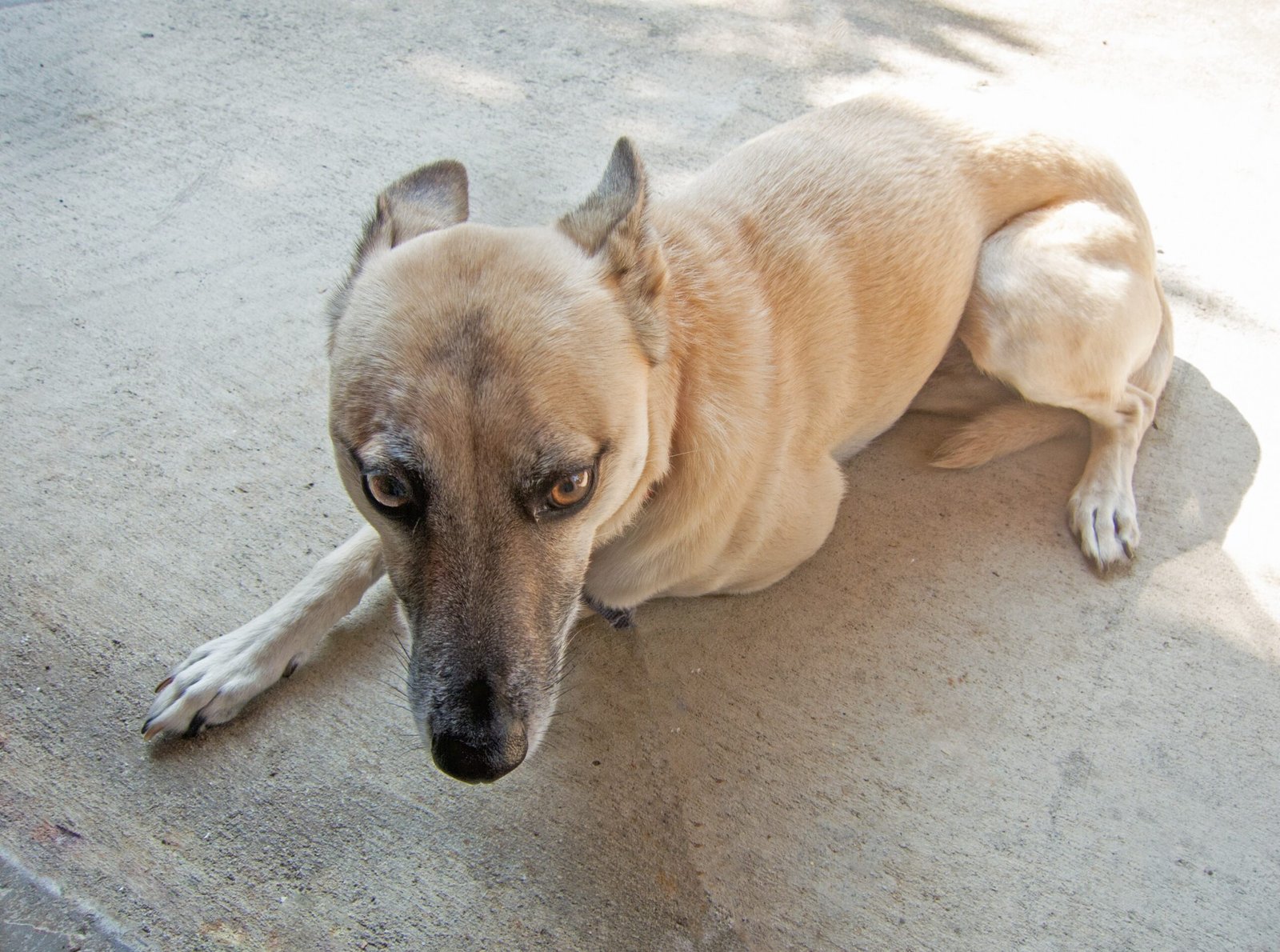
Certain objects, like vacuum cleaners or bicycles, might trigger fear and anxiety in dogs. This fear often stems from unfamiliarity or negative past experiences. It’s similar to how a person might feel uneasy around a tool they don’t know how to use. Gradual desensitization can help alleviate this fear.
Unpredictable or Inconsistent Routines
Dogs thrive on routine, and any inconsistency can lead to anxiety. If feeding times, walks, or play sessions are unpredictable, dogs may become anxious. Imagine how unsettling it would be to have meals or activities at random times each day. Establishing a consistent routine can help dogs feel more secure.
Travel or Car Rides
While some dogs love car rides, others find them distressing. Motion sickness, unfamiliar surroundings, or past negative experiences can contribute to travel anxiety. It’s similar to how some people feel uneasy flying or riding roller coasters. Gradual exposure and positive associations can make travel more enjoyable for these dogs.
Comforting Scents and Sounds
Certain scents, like lavender, and calming sounds, such as soft music or white noise, can help soothe anxious dogs. These elements create a peaceful environment, much like how a spa atmosphere relaxes humans. Using these sensory tools can help reduce anxiety in dogs during stressful times.
Exercise and Physical Activity
Regular exercise is crucial for maintaining both physical and mental health in dogs. Physical activity helps expend pent-up energy and reduces anxiety, much like how a good workout can relieve stress in people. Daily walks, playtime, and interactive toys provide essential outlets for energy and anxiety.
Consistent Training and Positive Reinforcement
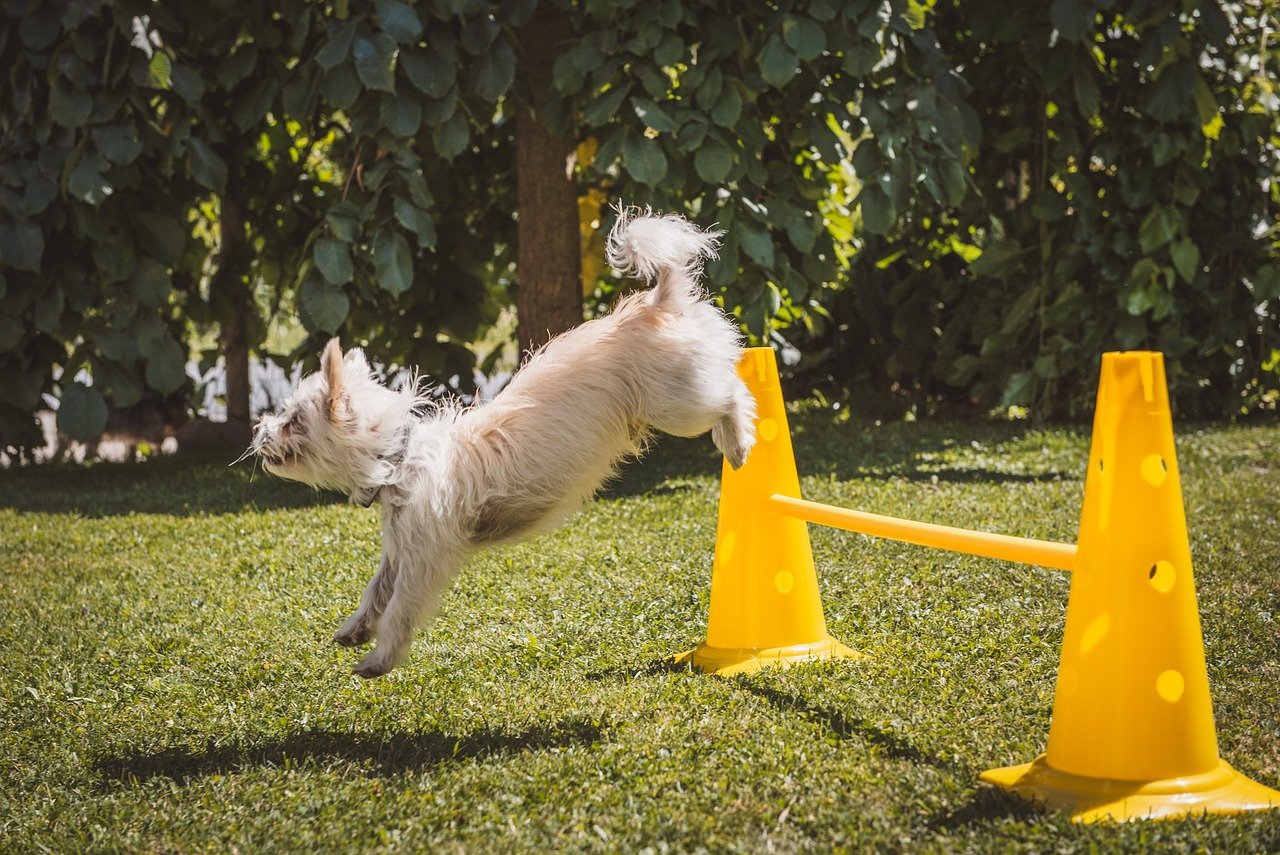
Consistent training using positive reinforcement techniques can help build confidence and reduce anxiety in dogs. Rewarding good behavior with treats or praise creates positive associations and a sense of security. It’s similar to how encouragement and recognition boost human confidence.
Safe Space or Comfort Zone
Creating a safe space or comfort zone for your dog can help alleviate anxiety. A designated area with their bed, favorite toys, and familiar items provides a sense of security. Think of it as a personal retreat where they can relax and feel protected from the world.
Massage and Physical Touch
Gentle massage and physical touch can have a calming effect on dogs. Much like a human enjoys a soothing massage, dogs benefit from the relaxation and bonding that touch provides. Regularly incorporating gentle touch into your routine can help reduce anxiety levels.
Natural Supplements and Remedies
Certain natural supplements and remedies, such as chamomile or CBD oil, may help reduce anxiety in dogs. These options can be discussed with a veterinarian to ensure safety and effectiveness. Similar to herbal teas calming nerves in humans, these remedies offer a natural approach to anxiety management.
Engaging Toys and Puzzles
Interactive toys and puzzles stimulate a dog’s mind and provide a healthy distraction from anxiety. These engaging activities are akin to humans solving crosswords or puzzles to unwind. Providing mental challenges helps keep dogs occupied and lessens anxious feelings.
Professional Training or Behavioral Therapy

For dogs with severe anxiety, professional training or behavioral therapy may be necessary. These experts can identify specific triggers and develop personalized strategies to address anxiety. It’s similar to how a therapist helps individuals manage anxiety through tailored techniques.
Calming Clothing or Pressure Wraps
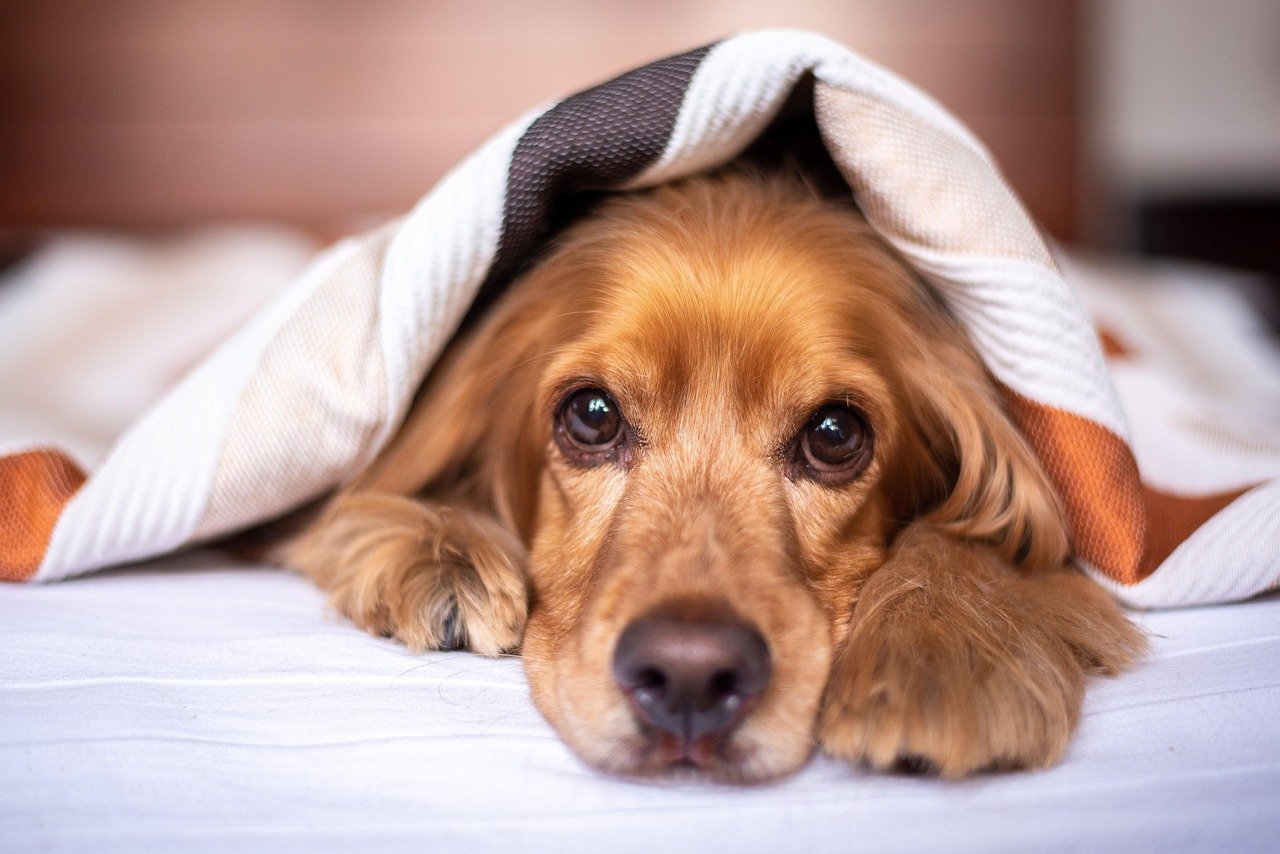
Calming clothing or pressure wraps, such as Thundershirts, can provide comfort to anxious dogs. They work by applying gentle pressure, much like a comforting hug for humans. These wraps are especially useful during storms or other high-anxiety situations.
Love and Patience
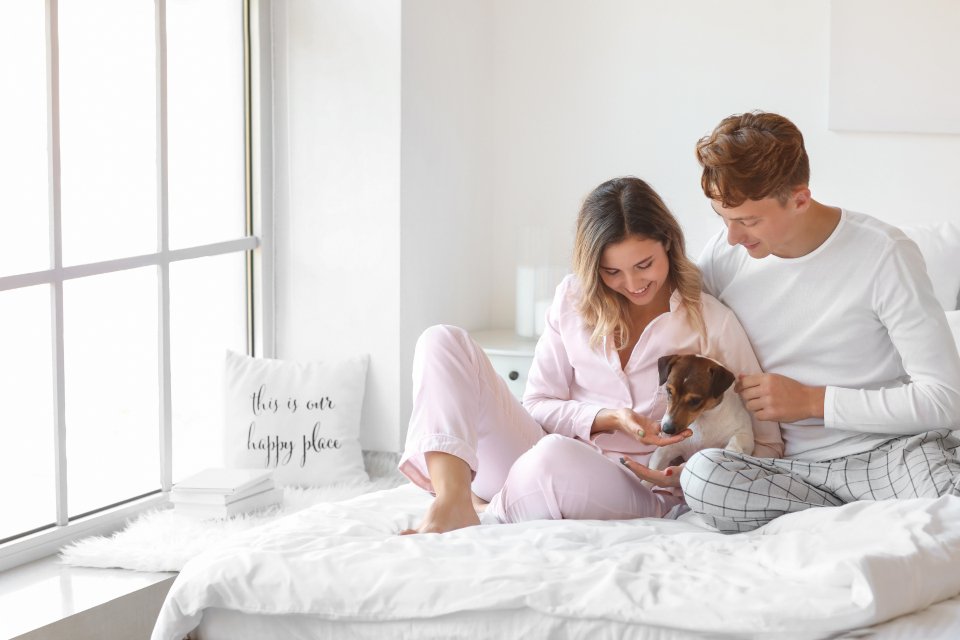
Ultimately, love and patience are the most powerful tools in managing a dog’s anxiety. Providing a stable, loving environment reassures them that they are safe and cherished. Just as humans need support and understanding, dogs thrive when surrounded by unconditional love.
In conclusion, understanding what causes anxiety in dogs and knowing how to help them is vital for any dog owner. By recognizing these triggers and implementing calming strategies, you can ensure your furry friend leads a happy, stress-free life.

Esther is from India; the heartbeat of South Asia, holding a Master’s degree in Zoology and a postgraduate diploma in Animal Welfare. Her enthusiasm for animal welfare drives her passion and dedication to working for animals, ensuring their well-being, and advocating for their rights. With a solid academic background and hands-on experience, she is committed to making a positive impact in the field of animal welfare. In her free time, she enjoys embroidery and sewing. As a Chennaite from Tamil Nadu, Esther loves Bharathanatyam, an Indian classical dance form.





